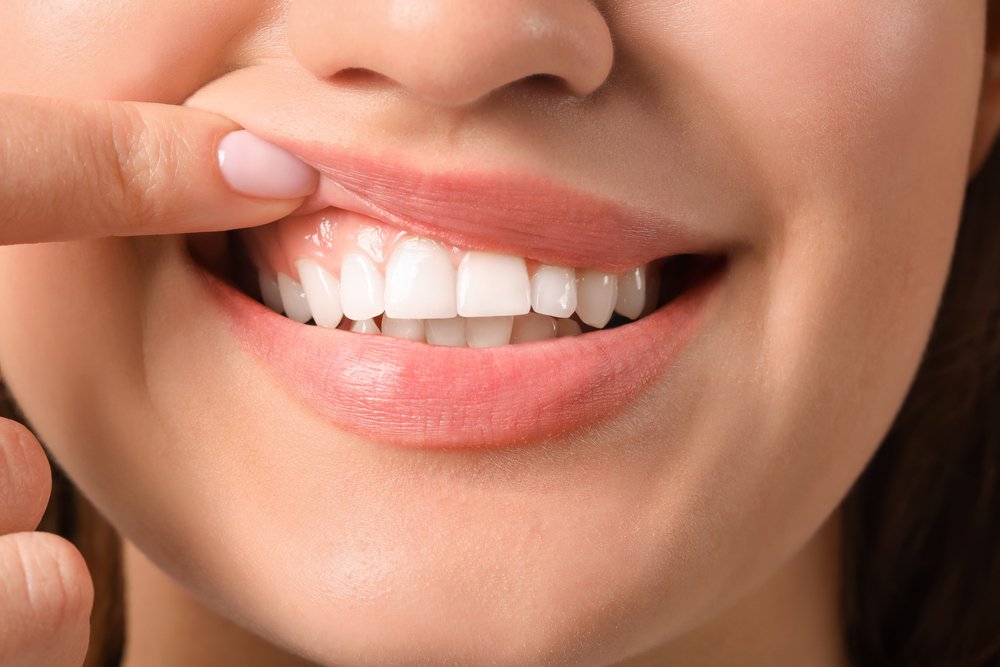Gum treatment

The primary signs of gum disease are bad breath, bleeding gums, increased tooth mobility, changes in the position of the teeth, and the appearance of gaps between the teeth. It is caused by poor oral hygiene, smoking and genetic predisposition.
The most common gum disease is periodontitis, which is an inflammation of the tissues surrounding the tooth. Due to periodontitis, the bone surrounding the tooth is destroyed over time, as a result of which the teeth begin to loosen and chewing becomes painful. Periodontitis generally occurs in adults and is a chronic disease, but there is also periodontitis in children and adolescents, which can be very aggressive at times and definitely needs treatment.
The primary treatment for gums is regular cleaning of tartar. The patient’s oral hygiene at home also plays a crucial role. You must visit the dentist regularly for check-ups and have your teeth professionally cleaned.
Far-reaching periodontitis, which has already caused bony damage, can also be treated surgically in certain cases, but the exact treatment methods depend on the specific patient, the extent of his disease, his desire to cooperate and his habits.
Treating gum disease is an ongoing process. If the disease has already progressed, it is no longer possible to cure it completely. The disease can only be controlled and its progression prevented.
In many cases, surgical intervention is not necessary and the disease can be controlled by non-surgical procedures. This is a significantly cheaper and more convenient solution for the patient. Therefore, it is more beneficial for the person to consult a dentist as soon as possible, right after the first symptoms appear.
If gingivitis is not treated (plaque and tartar are not removed), the supporting tissues surrounding teeth begin to destroy. The attachment of the tooth to the jaw disappears and deep pockets form between the root of the tooth and the gum, where there is a favourable environment for the growth of periodontitis-causing bacteria. From there, it is already impossible for the patient and very difficult for the doctor to clean tartar and plaque.
In the treatment of gum disease, the treatment outcome depends to a large extent on the patient’s desire to keep the disease under control. The primary condition is regular visits to the dentist in order to keep the condition of the teeth under control at all times and, if necessary, perform professional plaque and tartar removal and surgical curettage. Daily oral hygiene, tooth brushing and interdental brushing prolong the duration of treatment results.
If the periodontitis has already spread to such an extent that bony pockets have formed, in certain cases they can be surgically cleaned and restored with artificial bone.
A Tartar is created from the plaque left on the tooth. Plaque, in turn, consists of bacteria living in the mouth, which multiply and create new layers of bacteria on top of themselves. The bacteria below die and the minerals from the saliva are deposited in between it. This is what causes tartar. Tartar is located both on the surface of the crown of the tooth and spreads along the root of the tooth below the gum, breaking down the attachment of the tooth to the jaw.
Cleaning tartar from under the gum is done with special instruments and is called curettage. Both tartar removal from the supragingival part of the tooth and curettage are usually performed under local anaesthesia.
